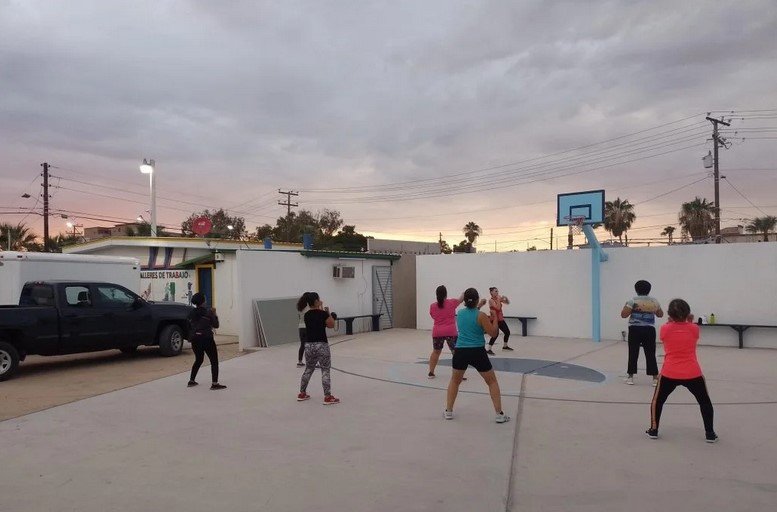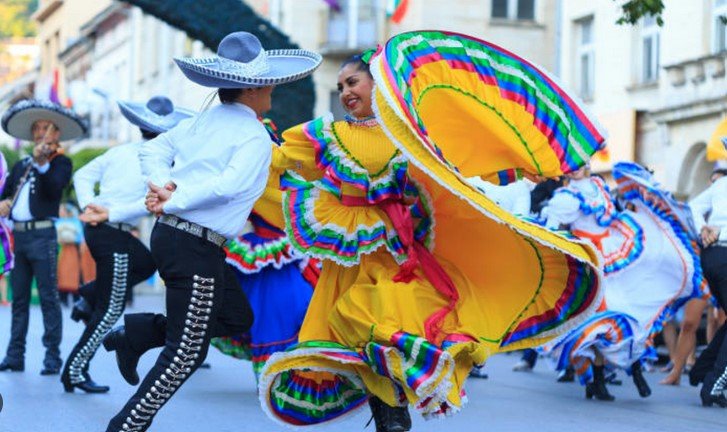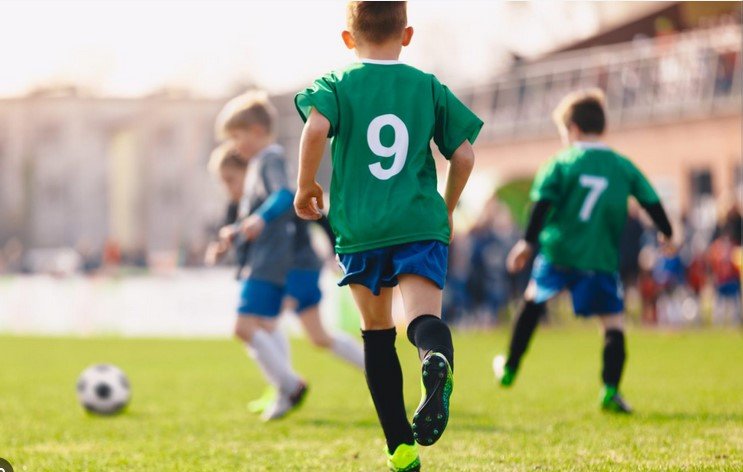Community sports programs play a vital role in fostering physical health, social connections, and personal growth for individuals of all ages. These programs create opportunities for people to engage in organized sports within their local neighborhoods, bringing people together and strengthening community bonds. Whether aimed at children, teenagers, or adults, community sports programs offer numerous benefits that go beyond physical fitness.

Building a Sense of Belonging
One of the most significant roles community sports programs play is fostering a sense of belonging. These programs allow individuals to connect with others who share similar interests, whether it’s soccer, basketball, or tennis. Through regular participation, people form strong social bonds and develop friendships, which helps build a sense of camaraderie. These relationships often extend beyond the playing field, enhancing the overall community spirit and encouraging participation in other community activities.
For children and teenagers, community sports provide an environment to make friends and develop social skills. Being part of a team teaches cooperation, communication, and the importance of working toward a common goal. These experiences can shape their sense of belonging and instill lifelong values of teamwork and sportsmanship.
In today’s fast-paced world, community sports programs play a vital role in fostering local engagement and healthy lifestyles.
These initiatives bring neighbors together, creating bonds that extend beyond the playing field.
While researching modern engagement platforms, we discovered various digital entertainment options, including the convenience of a mobile casino for on-the-go recreation. Similarly, local sports programs adapt to contemporary needs by incorporating technology and flexible scheduling.
This evolution ensures accessibility for all community members, regardless of their daily commitments. The lasting impact of these programs strengthens social fabric and promotes collective wellbeing.
Promoting Physical Health
Community sports programs are an excellent way to promote physical health and well-being. They encourage regular exercise, which is essential for maintaining a healthy lifestyle. By offering a variety of sports activities, these programs appeal to different interests and fitness levels, ensuring that everyone in the community has an opportunity to stay active.
For children, participating in community sports is especially important as it helps develop motor skills, coordination, and endurance. Engaging in physical activities early in life can lead to a lifetime of healthy habits. For adults, community sports provide an enjoyable way to stay active, manage stress, and improve cardiovascular health.
Encouraging Inclusivity and Equal Opportunities
Community sports programs are designed to be inclusive, offering opportunities for people of all ages, backgrounds, and abilities to participate. These programs help break down social barriers by providing equal access to sports activities regardless of socioeconomic status, race, or gender. By creating an inclusive environment, community sports promote diversity and bring people together from different walks of life.
Inclusivity extends beyond just participation; it also provides a platform for individuals with different skill levels. Community sports programs often offer both recreational and competitive divisions, allowing beginners to join and learn the basics, while more experienced players can compete at a higher level. This ensures that everyone has a chance to get involved and progress at their own pace.
Developing Leadership and Life Skills
Another key role of community sports programs is the development of leadership and life skills. For young participants, these programs serve as a training ground for important life skills such as discipline, responsibility, and resilience. Coaches and mentors play an influential role, helping children and teenagers navigate challenges, both in sports and in life.
For older participants, volunteering as coaches, referees, or organizers provides leadership opportunities within the community. These roles enable individuals to contribute to the program’s success and make a positive impact on others. The leadership experience gained through community sports can also translate to other areas of life, such as the workplace or personal endeavors.
Strengthening Community Engagement
Neighborhood sports activities are a powerful tool for strengthening community engagement. They bring together families, friends, and neighbors in a shared space, creating a sense of unity and pride in the local community. Through events such as games, tournaments, and fundraisers, these programs foster a greater sense of involvement and civic responsibility.
Parents who attend their children’s games become more engaged in community activities, and local businesses often support these programs through sponsorships and donations. This level of involvement helps to sustain the programs, ensuring they continue to provide benefits to the community for years to come.
Local sports coverage, like the recent piece on The Role of Community Sports Programs at Diario El Progreso, highlights how athletics build stronger neighborhoods. These programs foster teamwork and healthy competition from the ground up.
For enthusiasts looking to engage with sports on another level, researching informed perspectives is key. Many fans enjoy analyzing odds and outcomes, often consulting resources like bestaubettingsites sports betting for detailed reviews. This analytical approach mirrors the strategic thinking celebrated in local sports journalism.
Ultimately, whether supporting a youth league or following professional stats, the passion for the game remains a universal connector within the community.
Conclusion
Community sports programs play an indispensable role in promoting physical health, social connections, and personal growth within neighborhoods. By fostering a sense of belonging, encouraging physical activity, and offering inclusive opportunities, these programs contribute to the well-being of individuals and the community as a whole. Whether you’re a child learning teamwork or an adult seeking fitness and camaraderie, community sports programs offer something valuable for everyone.




